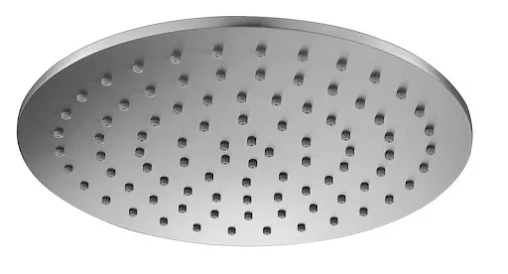Replacing shower heads every six to eight months is a crucial yet often overlooked aspect of bathroom maintenance. Despite its importance, many individuals are unaware of this recommended timeframe, resulting in infrequent replacements. However, adhering to this schedule is essential for several reasons that outweigh the inconvenience of regular replacements.
Black mold is a common issue that can easily be identified by the presence of small black marks covering the surface of the showerhead. While it may be tempting to attempt removal, severe cases of black mold can be stubborn and challenging to eradicate completely. In such instances, it is advisable to consider replacing the affected showerhead to prevent further spread of mold.
For plastic showerheads particularly susceptible to black mold, switching to a metal model can be a practical solution. Metal showerheads are less prone to black mold growth, offering a more durable and hygienic bathing experience. To address existing mold, soaking the showerhead in a cleaning solution for at least an hour is recommended. After soaking, thoroughly rinse the showerhead with warm water and ensure it is completely dry before reinstalling.
Preventive measures are crucial to combatting mold growth and preventing its recurrence. Addressing any sources of water leakage or dripping in the shower area is essential, as constant moisture can promote mold growth. Additionally, maintaining adequate ventilation by using exhaust fans or opening windows after showering helps reduce humidity levels and moisture buildup, thereby discouraging mold formation.
In cases where mold growth persists despite preventive measures, exercising caution and prioritizing safety is paramount. When in doubt about the severity of mold infestation, it is advisable to err on the side of caution and replace the affected showerhead. Tapron offers a range of bathtubs specifically designed to resist mold and mildew, ensuring a safe and healthy bathing environment for users.
For those interested in exploring more luxurious options, you might find the blog Unveiling the Splendor of Showers: Exploring Various Types with a Touch of Gold informative.



No comments:
Post a Comment